The most unique aspect of our project design is the building’s ability to change shape, or transform, literally. The double skin system throughout the building makes this “transformer building” possible. The inner skin takes care of the enclosure and building systems. The outer skin contains operable portions which can be opened or closed to mimic different animal forms. From a plain rectangular box as the initial state, the north facade transforms into an eagle and a butterfly, the south folds into a swimming frog. These animal forms reflect the company’s understanding of the delicate balance between nature and artificial invention, and their embrace for environmentally sound human development. Also, as a design strategy, we adopted ideographic forms to convey traditional Chinese cultural symbolism for leadership (eagle), ephemerality and fragility (butterfly) and prosperity (toad).
The intricate pattern on the façade is originally inspired by the wing patterns on butterflies or dragonflies. To achieve the systematic and organic nature of the patterns found on the wings of these insects, we used parametric modeling tools to generate and design the façade. The material for the skin is steel and glass. The pattern provides a light but sturdy structure. It conceals and incorporate the hydraulics which move and hold it in place. The result is a beautifully laid out intricate pattern, which allows daylight to penetrate into the exhibition hall and light emanate out into the corporate campus at night.
To bring this design into actuality and assure its functionality and durability, we have been working with renowned international engineering firms on the constructability and procurement process. Their experience has shown how a cross disciplinary effort can increase the efficiency and quality of the product. Kinetic and static structures are separated as engineering services. Engineers in coordination with architect and client will provide a set of system specifications for both static and kinetic structures, similarly to product specification. After the schematic design phase all documents are given to a specialty fabricator with engineering capability to design, fabricate, install and warranty the final product, overseen by the original engineer. This streamline process starts communication early, allowing each team to interject into the process in time to provide their strength and assure the highest quality result.
Client: Zoomlion Heavy Industry & Technology Development Co., Ltd.
Intended Use: Corporate headquarters exhibition center
Architect and Project Designer:
Nonchi Wang
Sam Keville
Parametric Design and Programming:
Qi Su
John Farrace
Digital Modeling:
John Farrace
Sam Keville
Steven Ni
David Van Arsdell
Project Manager:
Luoya Tu
Project Architect:
Yu-I Chan
Kisung Nam
Mechanical Choreographer:
Zhou Yu
Animation:
Shanghai Hertz Design
Intended Use: Corporate headquarters exhibition center
Architect and Project Designer:
Nonchi Wang
Sam Keville
Parametric Design and Programming:
Qi Su
John Farrace
Digital Modeling:
John Farrace
Sam Keville
Steven Ni
David Van Arsdell
Project Manager:
Luoya Tu
Project Architect:
Yu-I Chan
Kisung Nam
Mechanical Choreographer:
Zhou Yu
Animation:
Shanghai Hertz Design
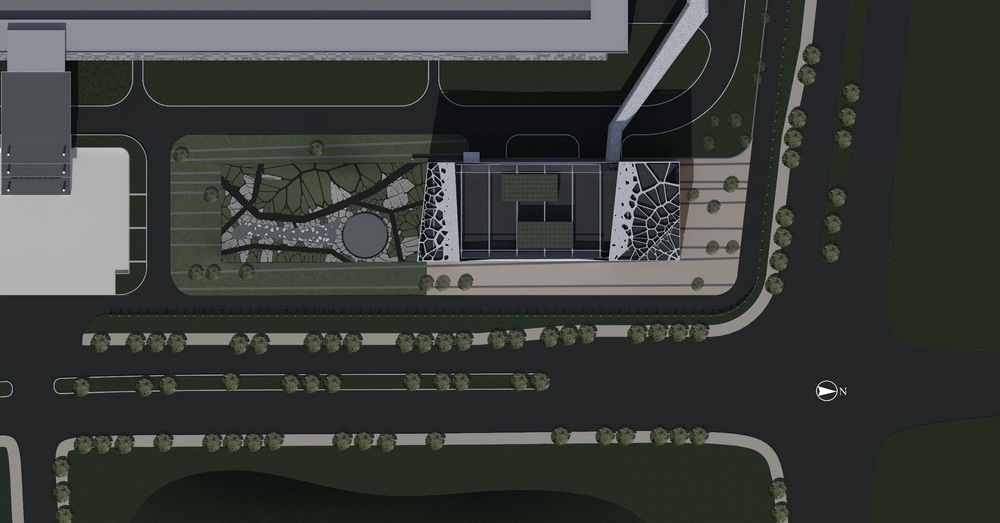 SITE PLAN
SITE PLAN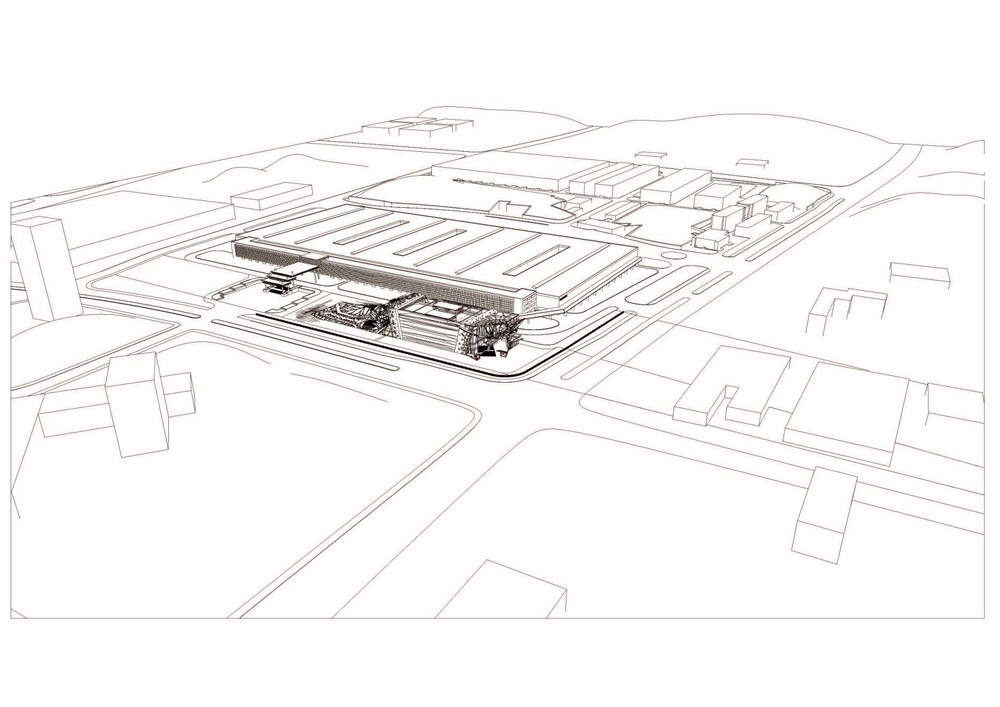 CHANGSHA SITE
CHANGSHA SITE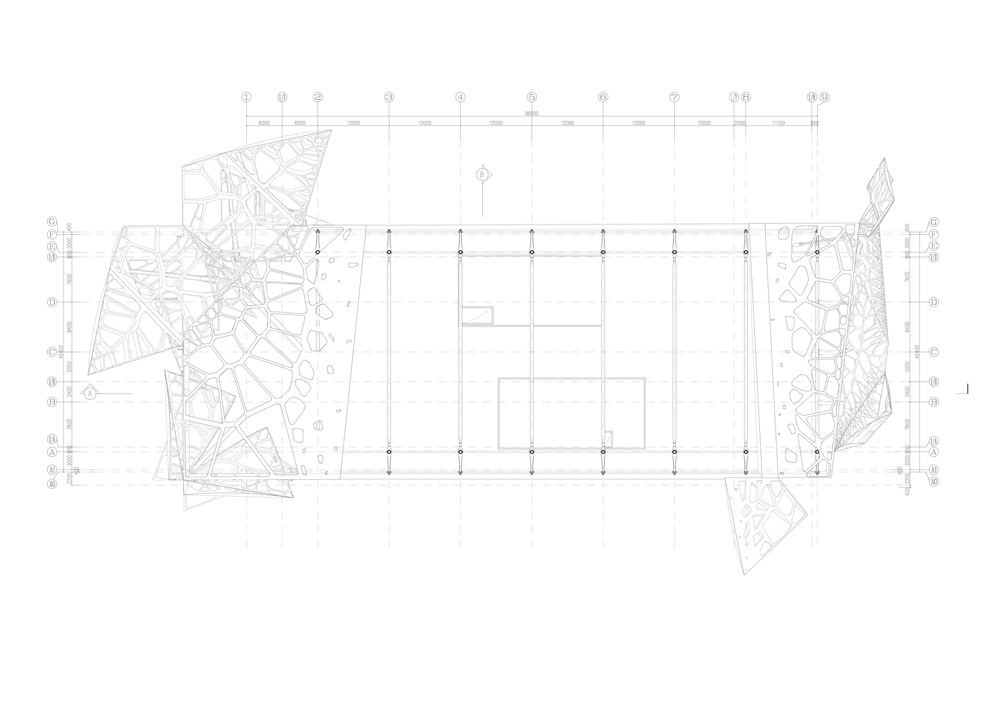 AFP01-ROOF2
AFP01-ROOF2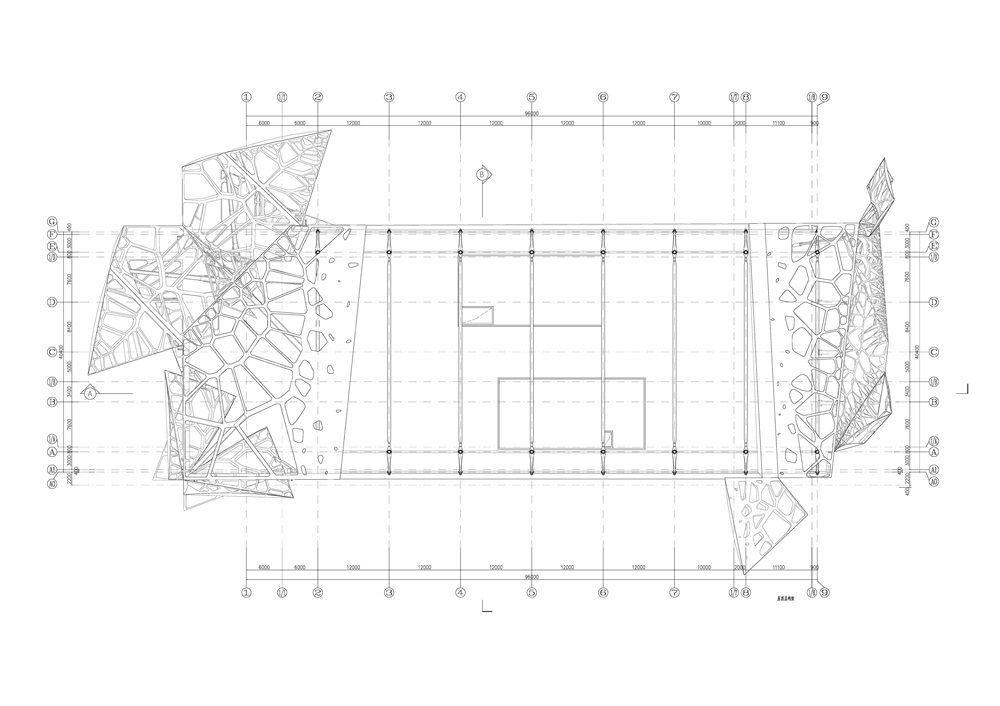 AFP01-ROOF
AFP01-ROOF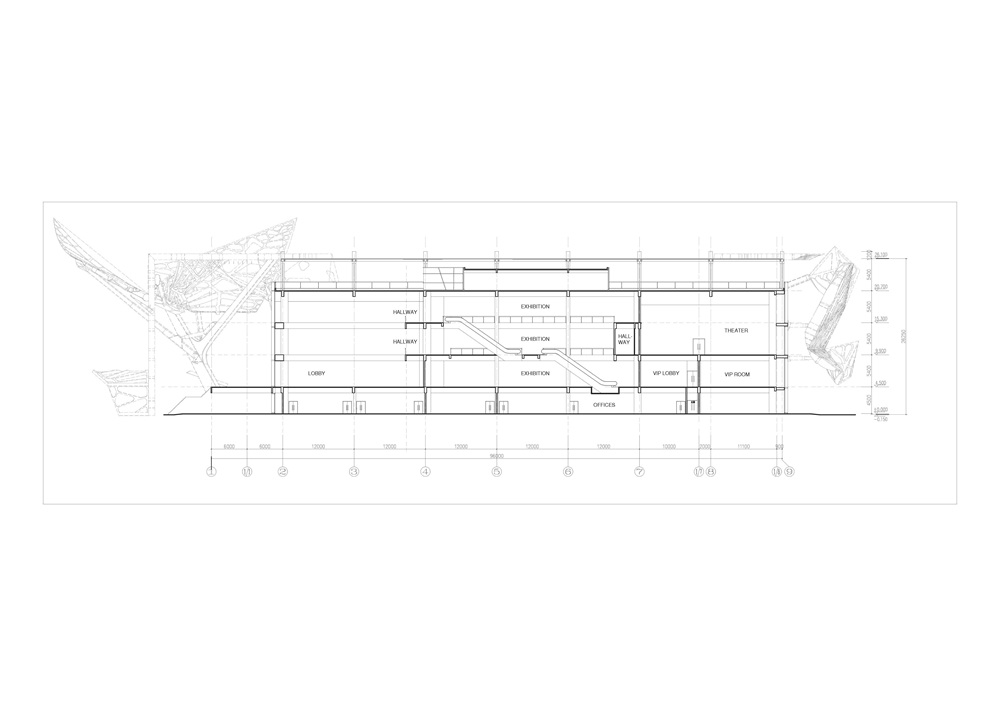 ABS01 – 2
ABS01 – 2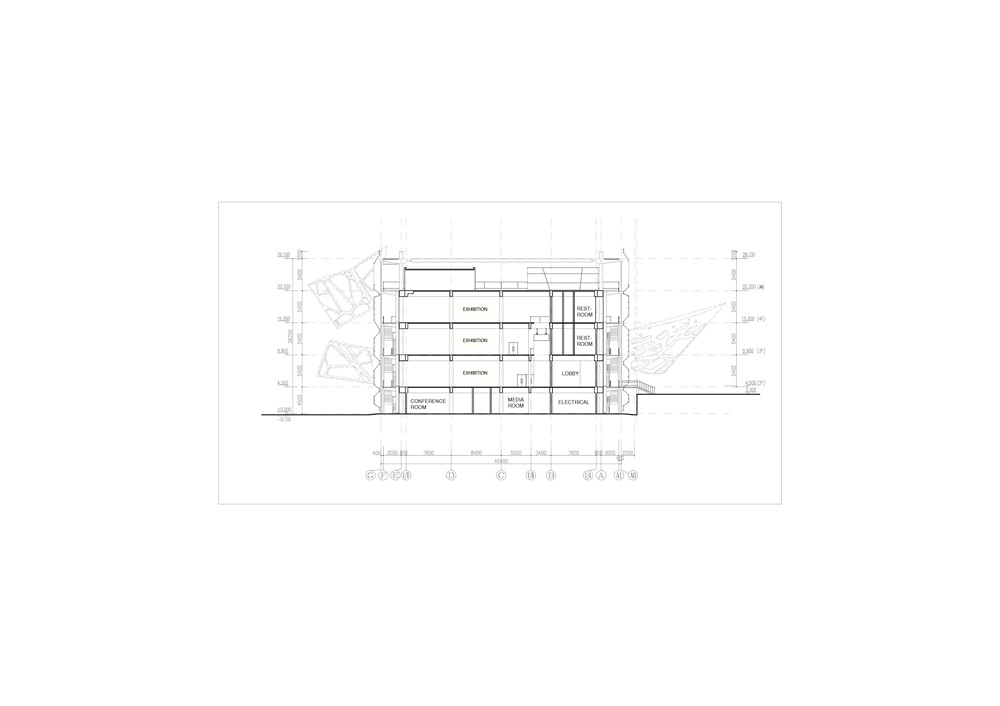 ABS01 -1
ABS01 -1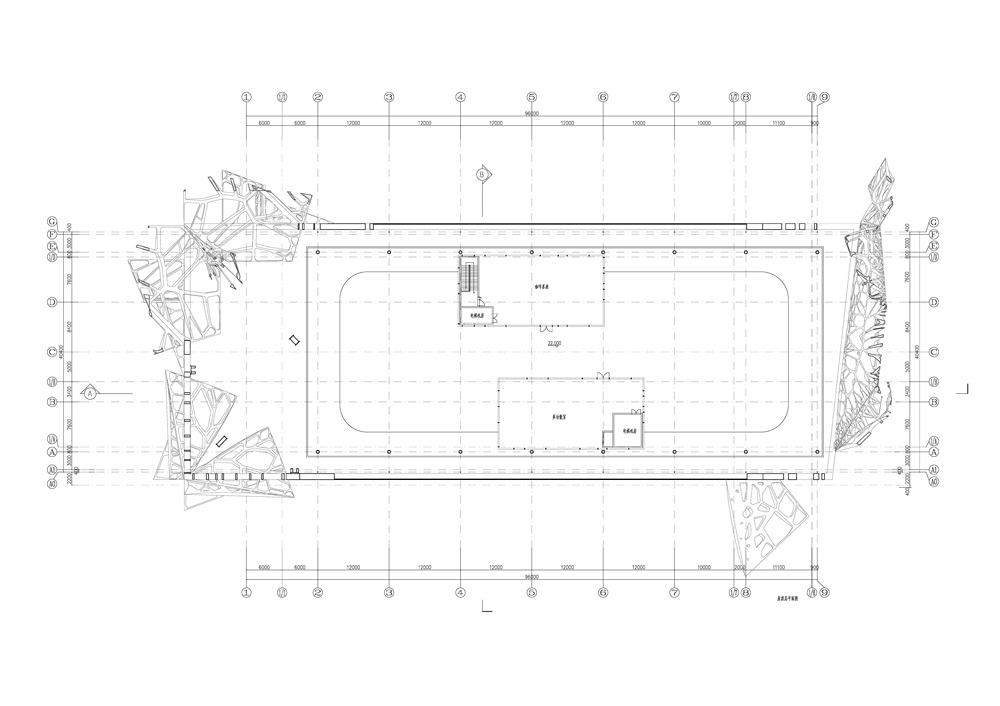 AFP01-5
AFP01-5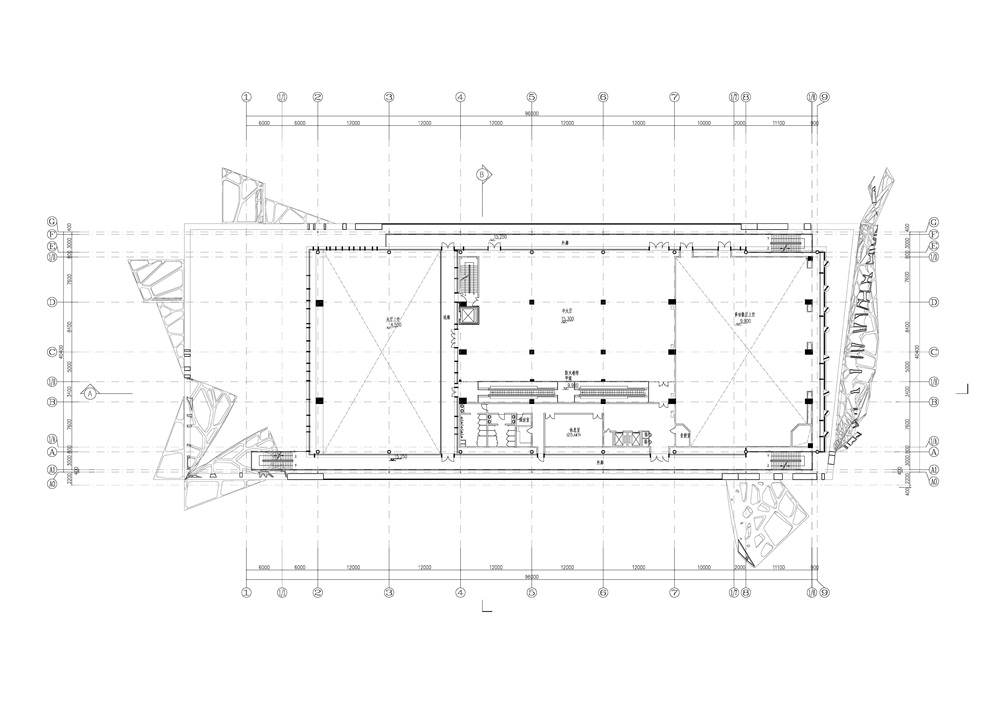 AFP01-4
AFP01-4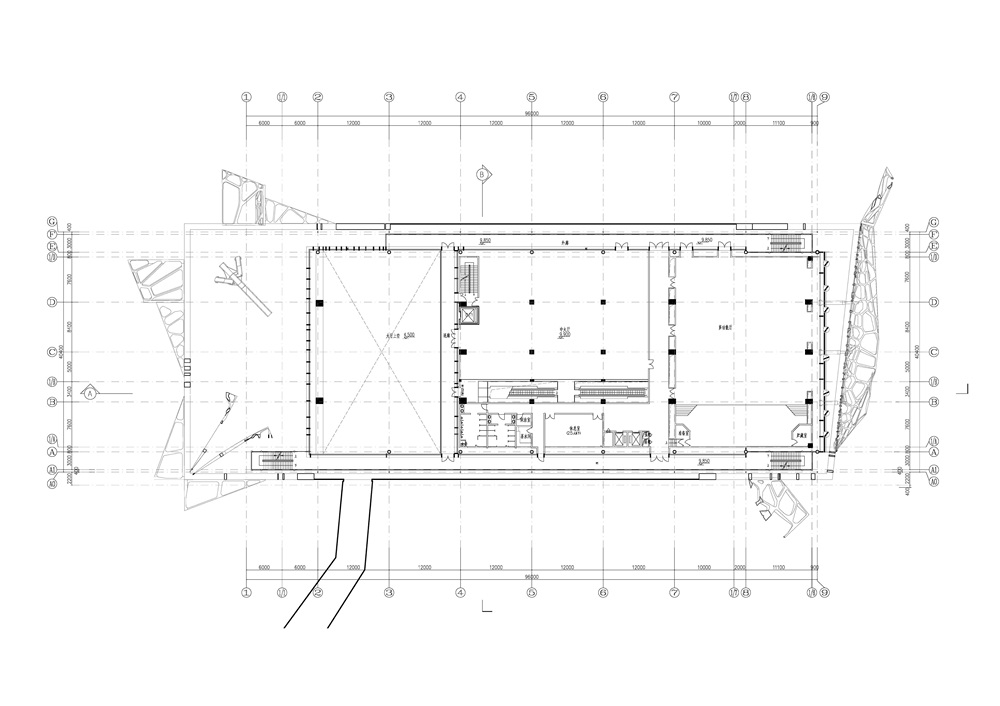 AFP01-3
AFP01-3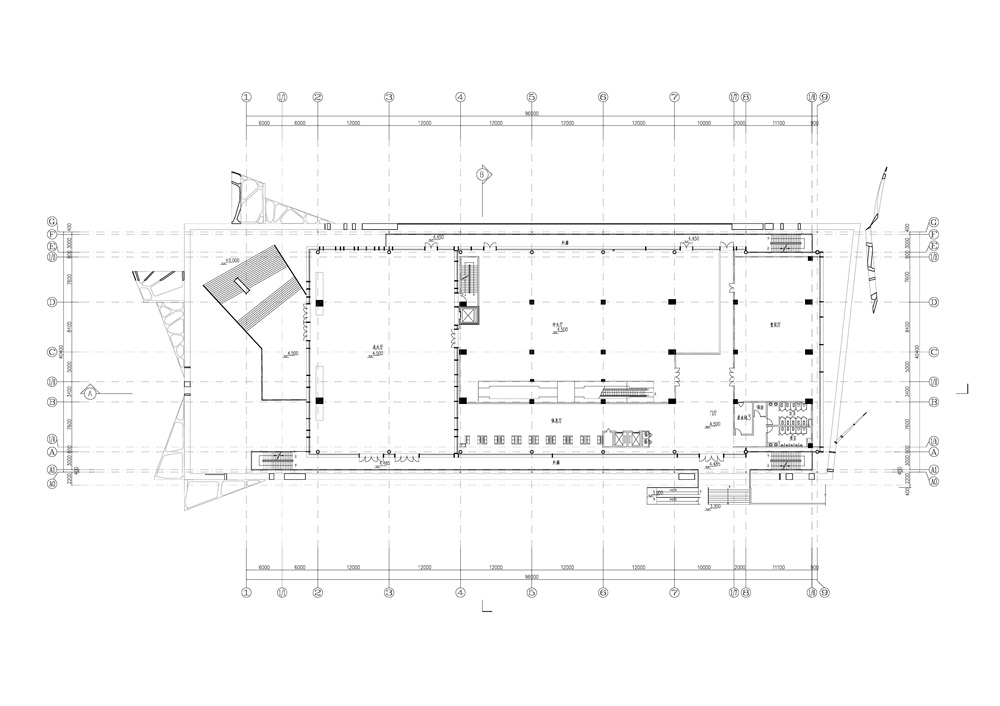 AFP01-2
AFP01-2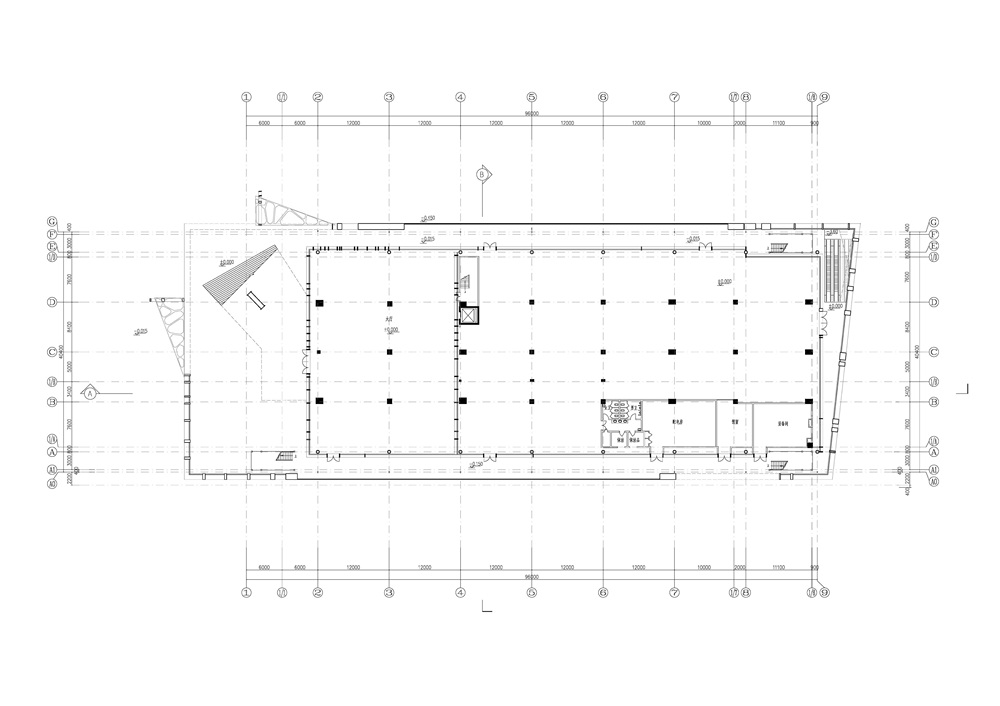 AFP01 – 1
AFP01 – 1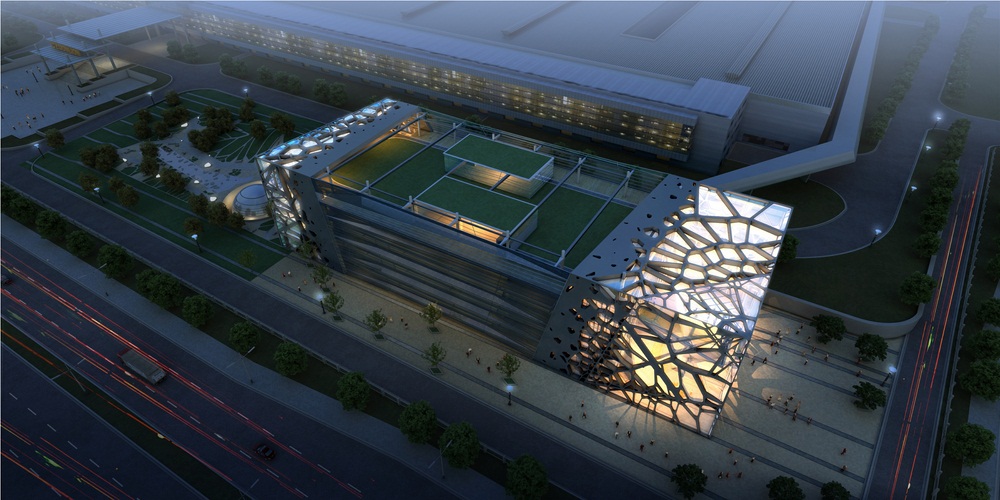 ZOOMLION-08 BIRD EYE VIEW NIGHT
ZOOMLION-08 BIRD EYE VIEW NIGHT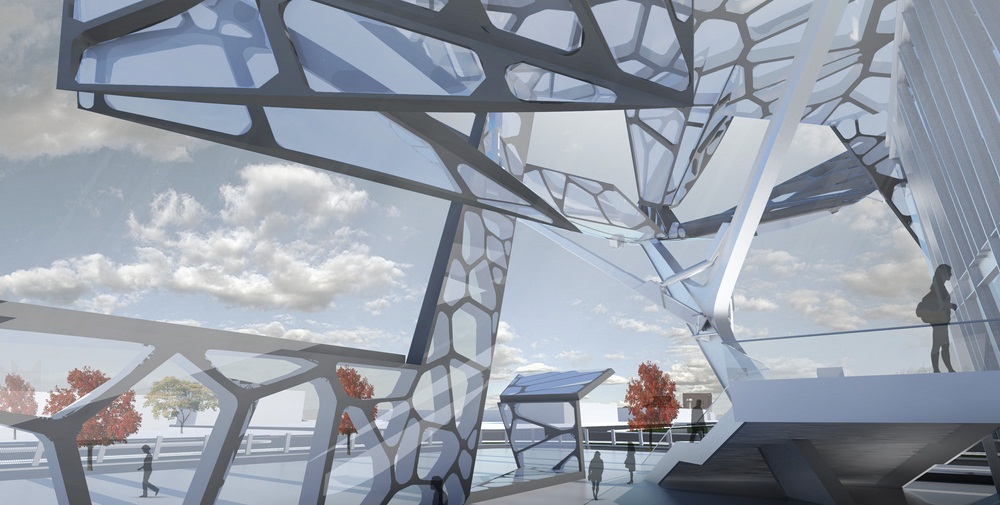 ZOOMLION-07 INTERIOR 2
ZOOMLION-07 INTERIOR 2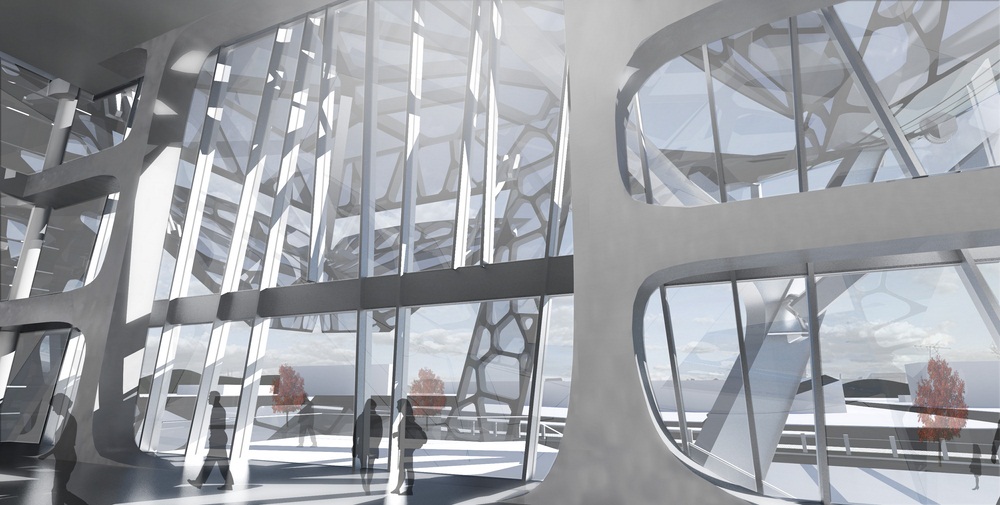 ZOOMLION-06 INTERIOR 1
ZOOMLION-06 INTERIOR 1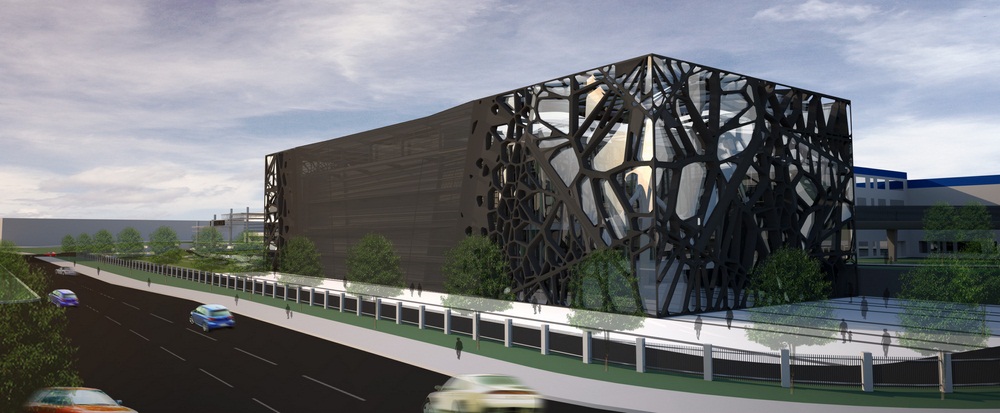 ZOOMLION-05 S7CLOSED
ZOOMLION-05 S7CLOSED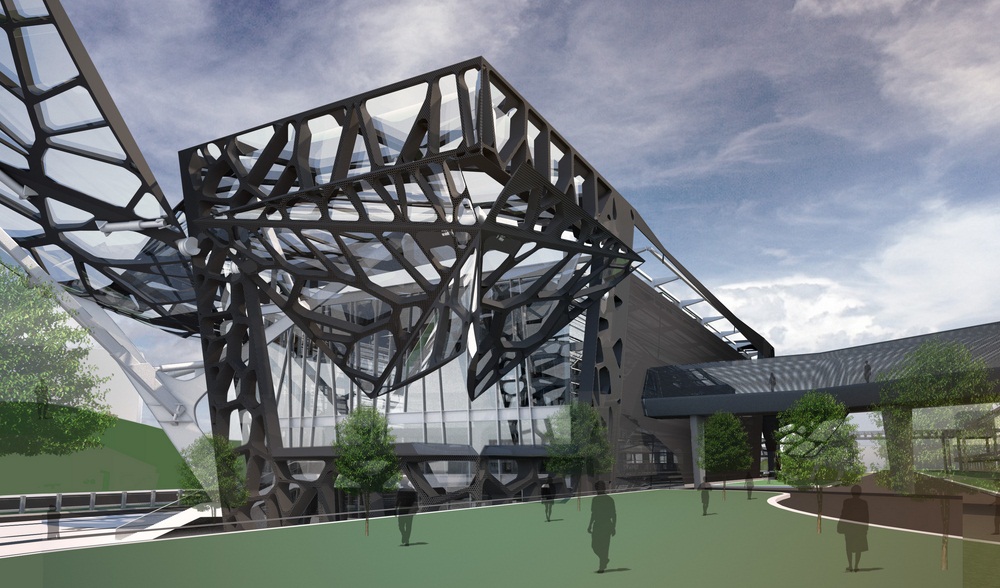 ZOOMLION-04 S6OPEN
ZOOMLION-04 S6OPEN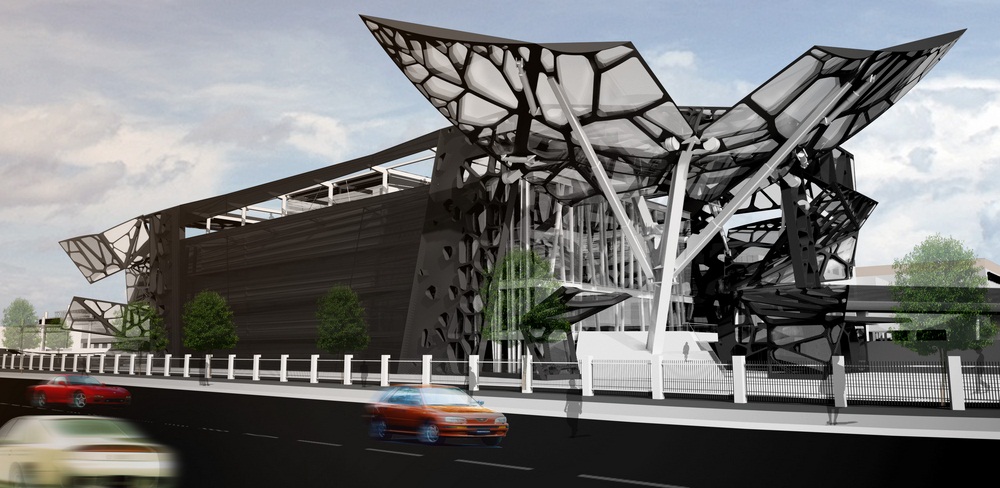 ZOOMLION-03 S1OPEN
ZOOMLION-03 S1OPEN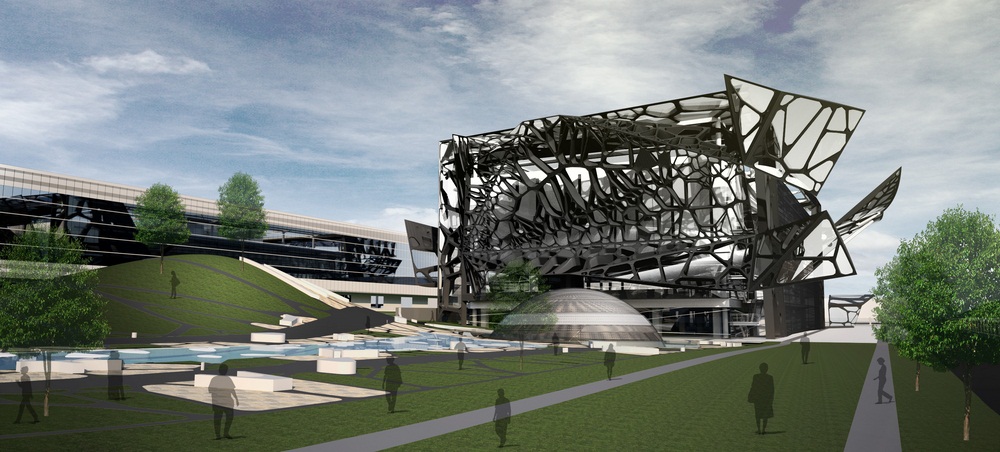 ZOOMLION-02 FROGVIEW
ZOOMLION-02 FROGVIEW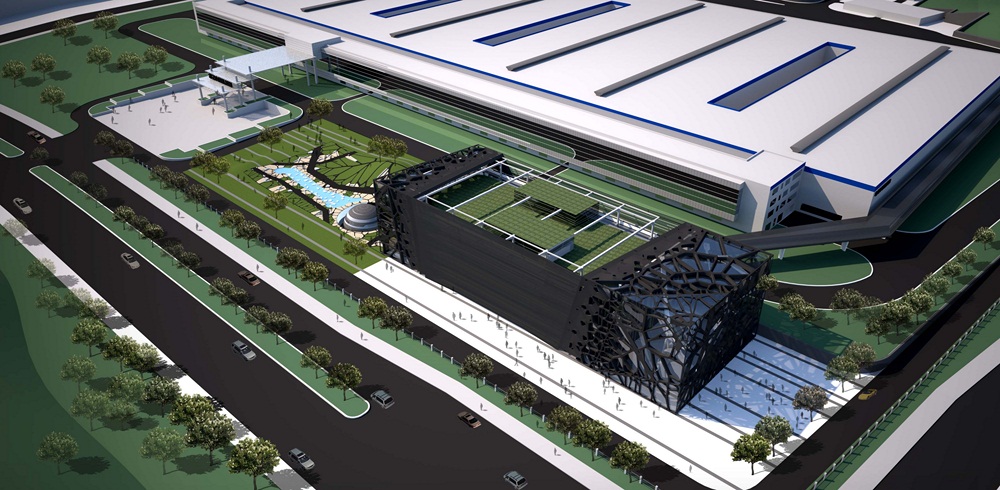 ZOOMLION-01 BIRDS EYE VIEW DAY
ZOOMLION-01 BIRDS EYE VIEW DAY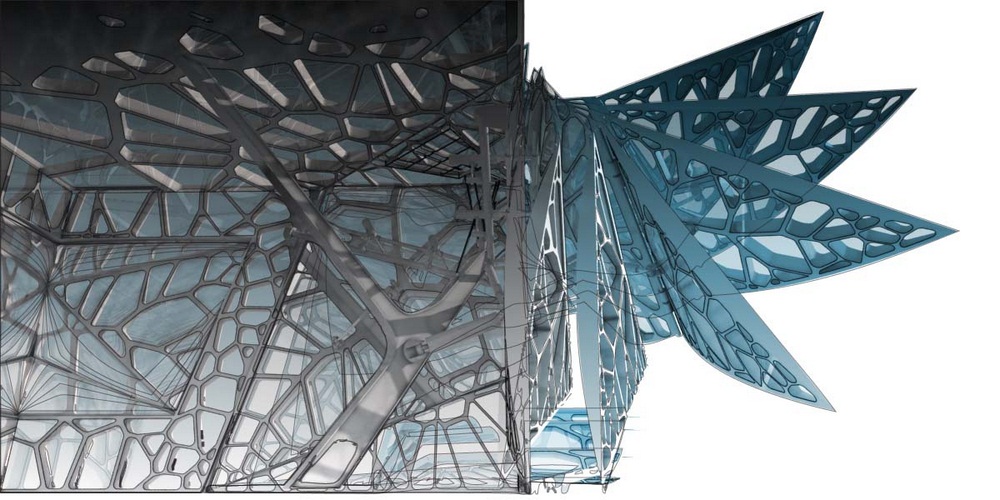 DIAGRAM 1
DIAGRAM 1 DIAGRAM 1
DIAGRAM 1Zoomlion Headquarters Exhibition Center by amphibianArc from Dezeen on Vimeo.
VIDEO OF ZOOMLION HEADQUARTERS
READ ALSO: ANDREU WORLD / VIDEO / MANUFACTURING DESIGN